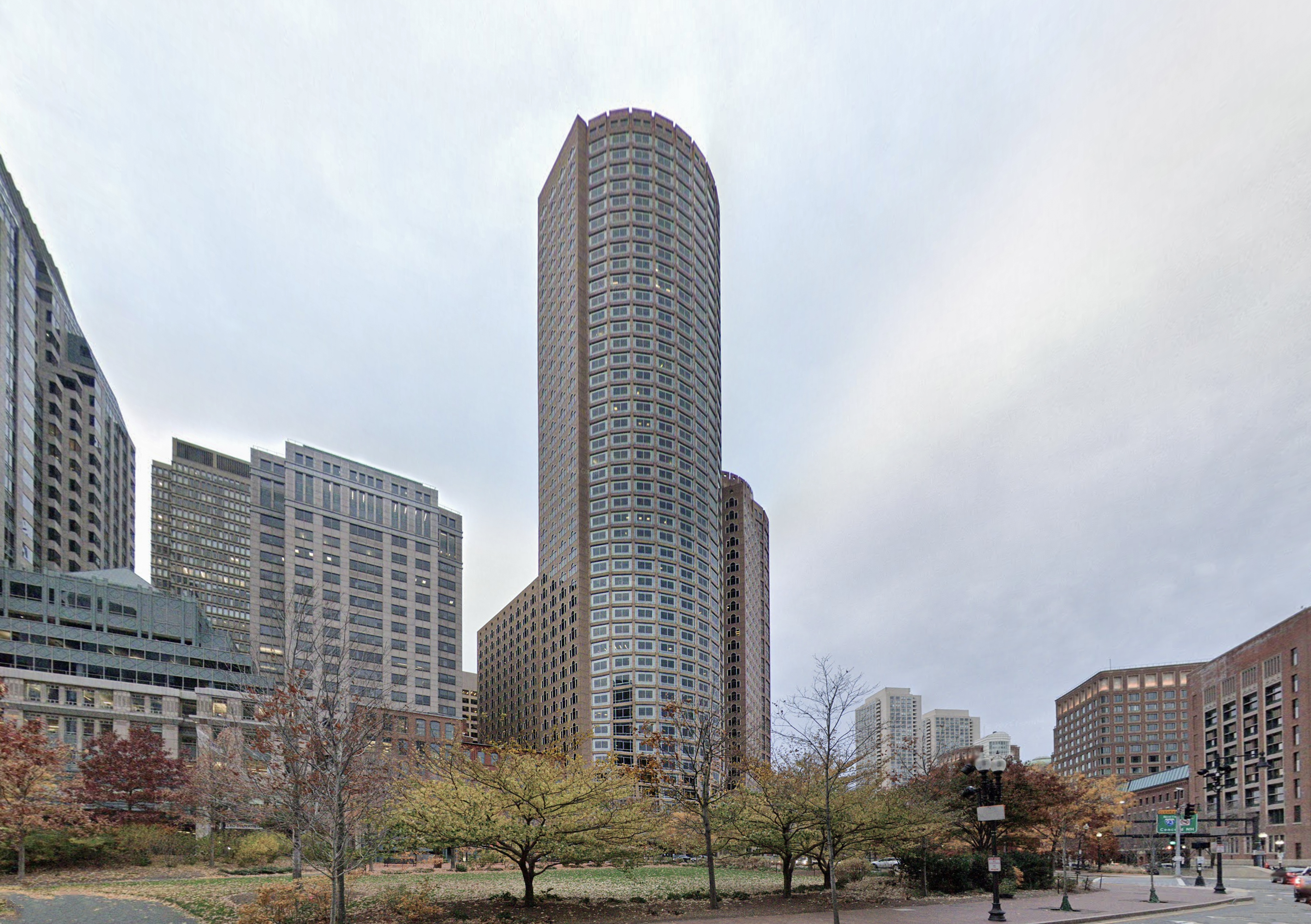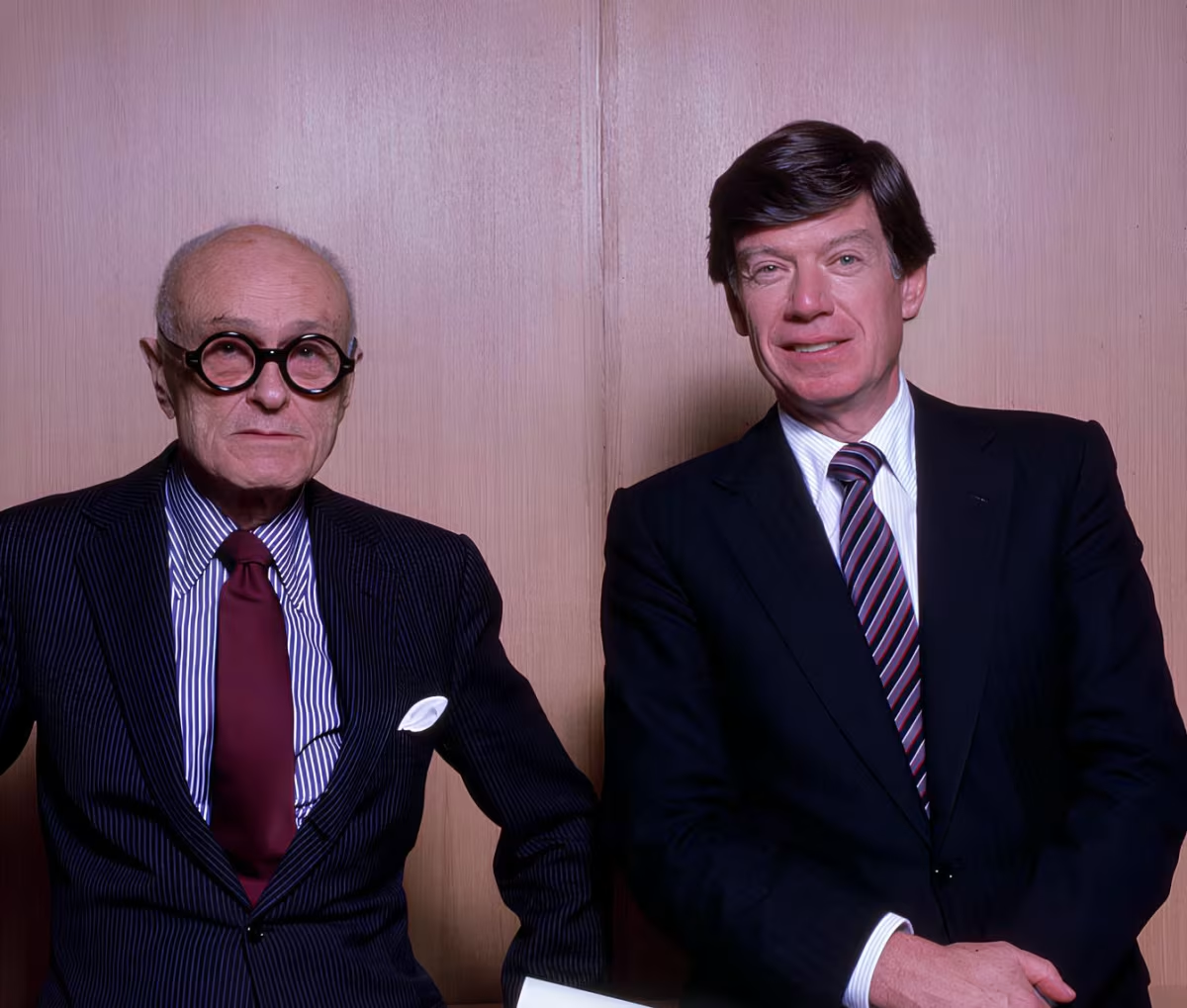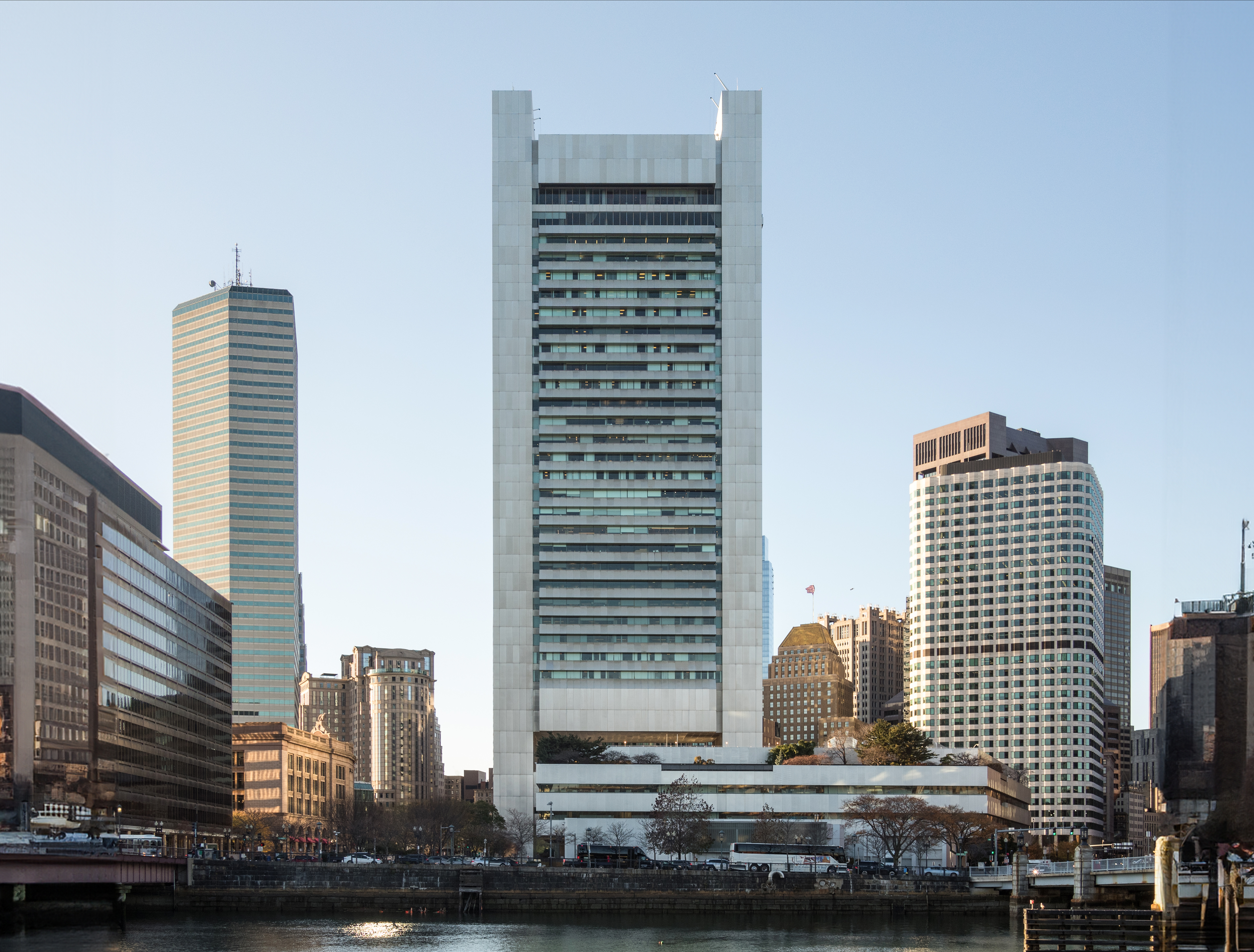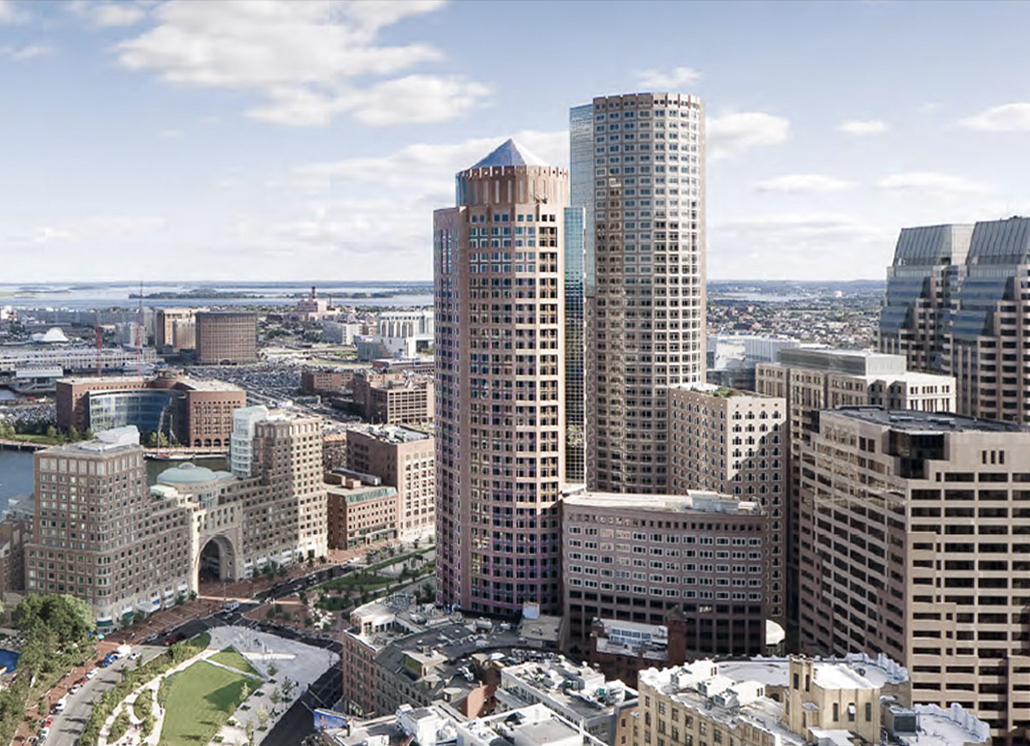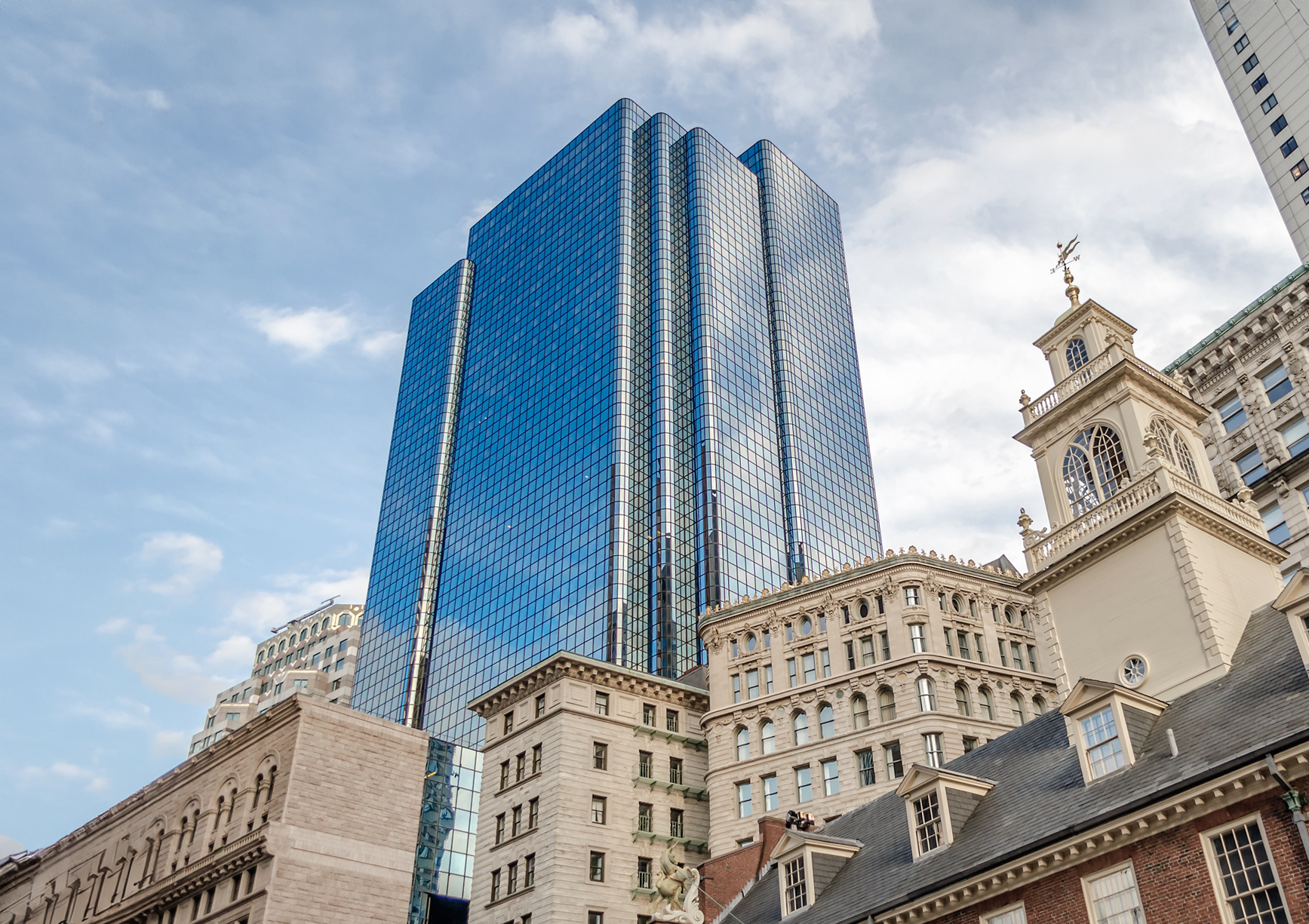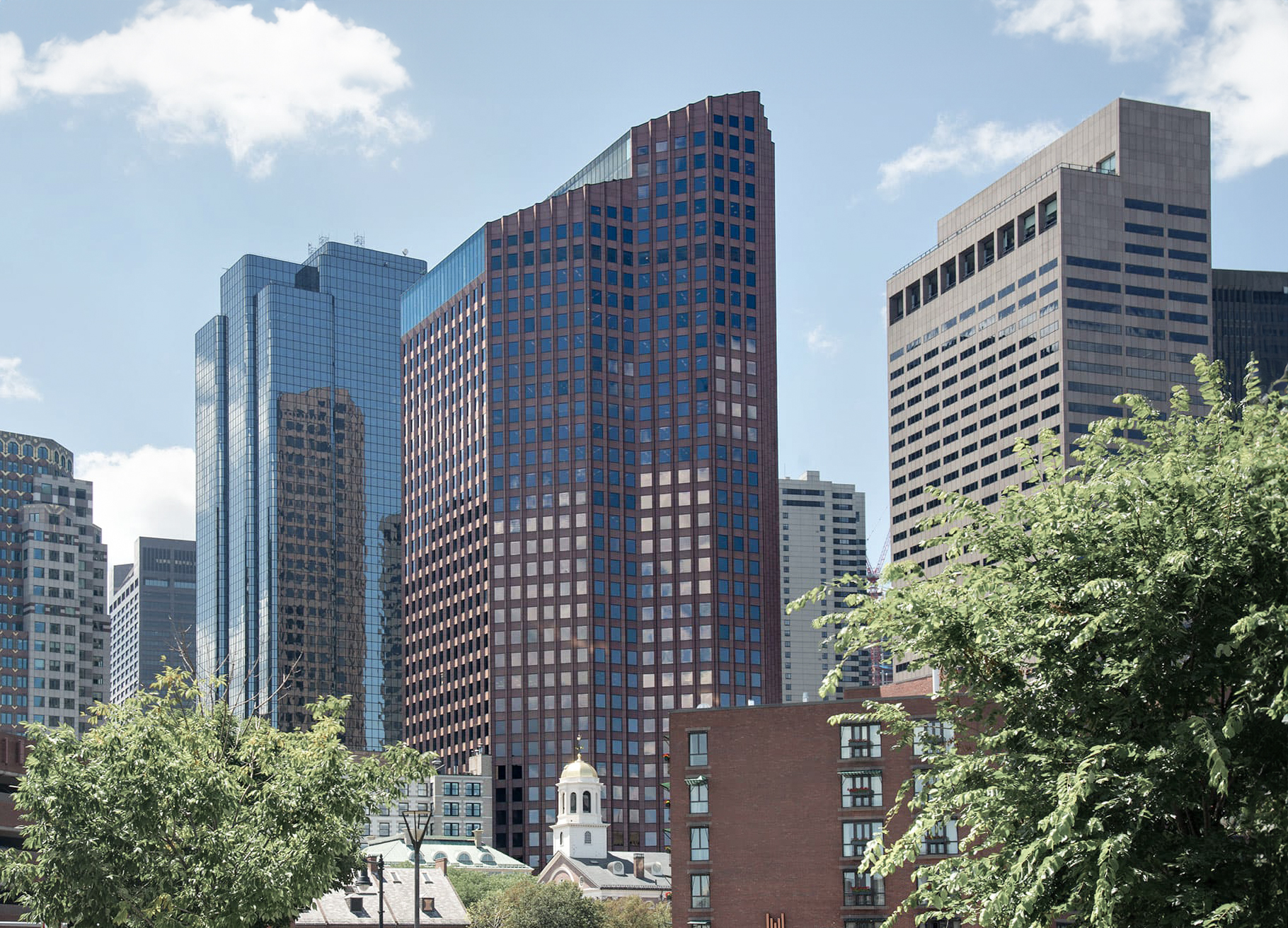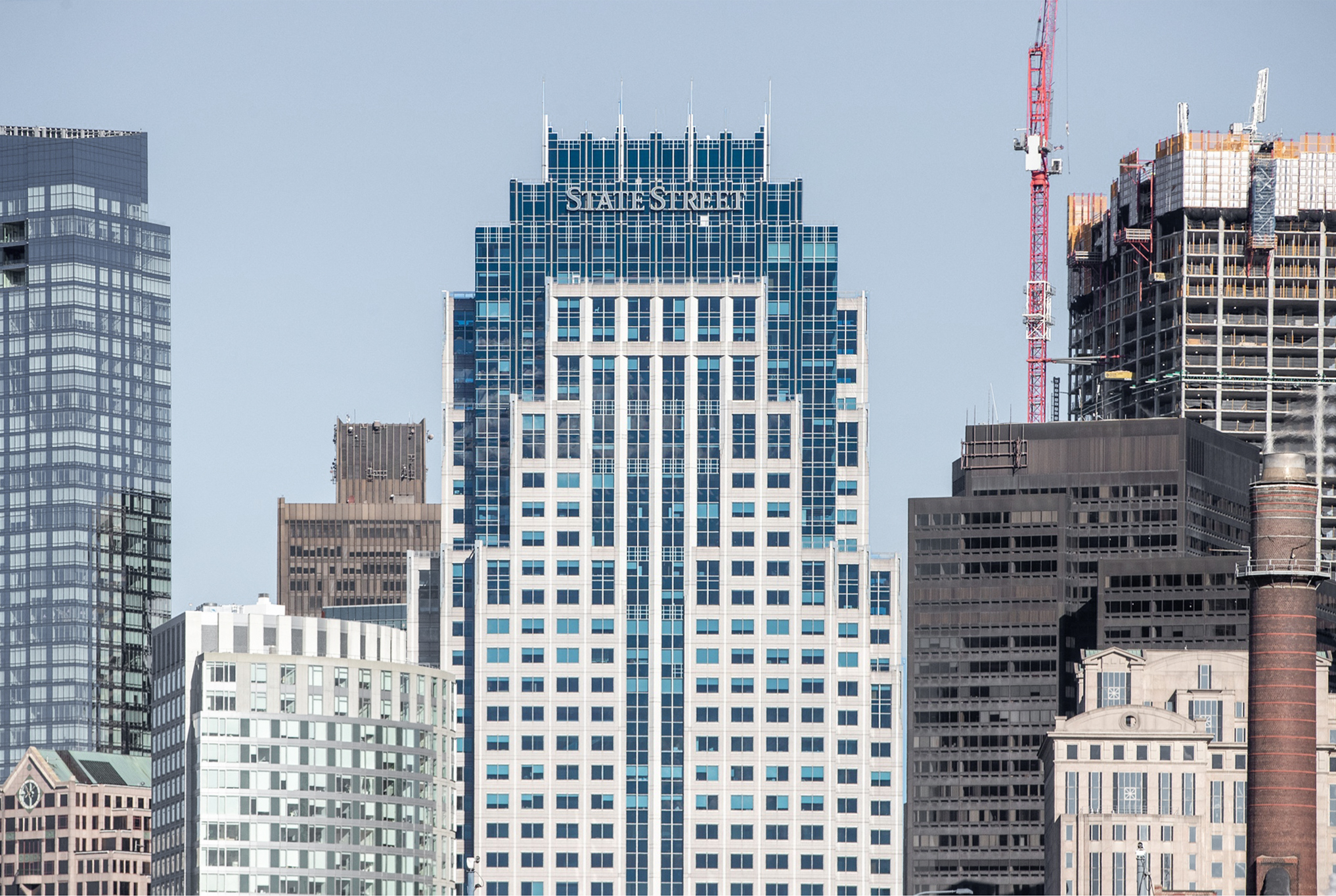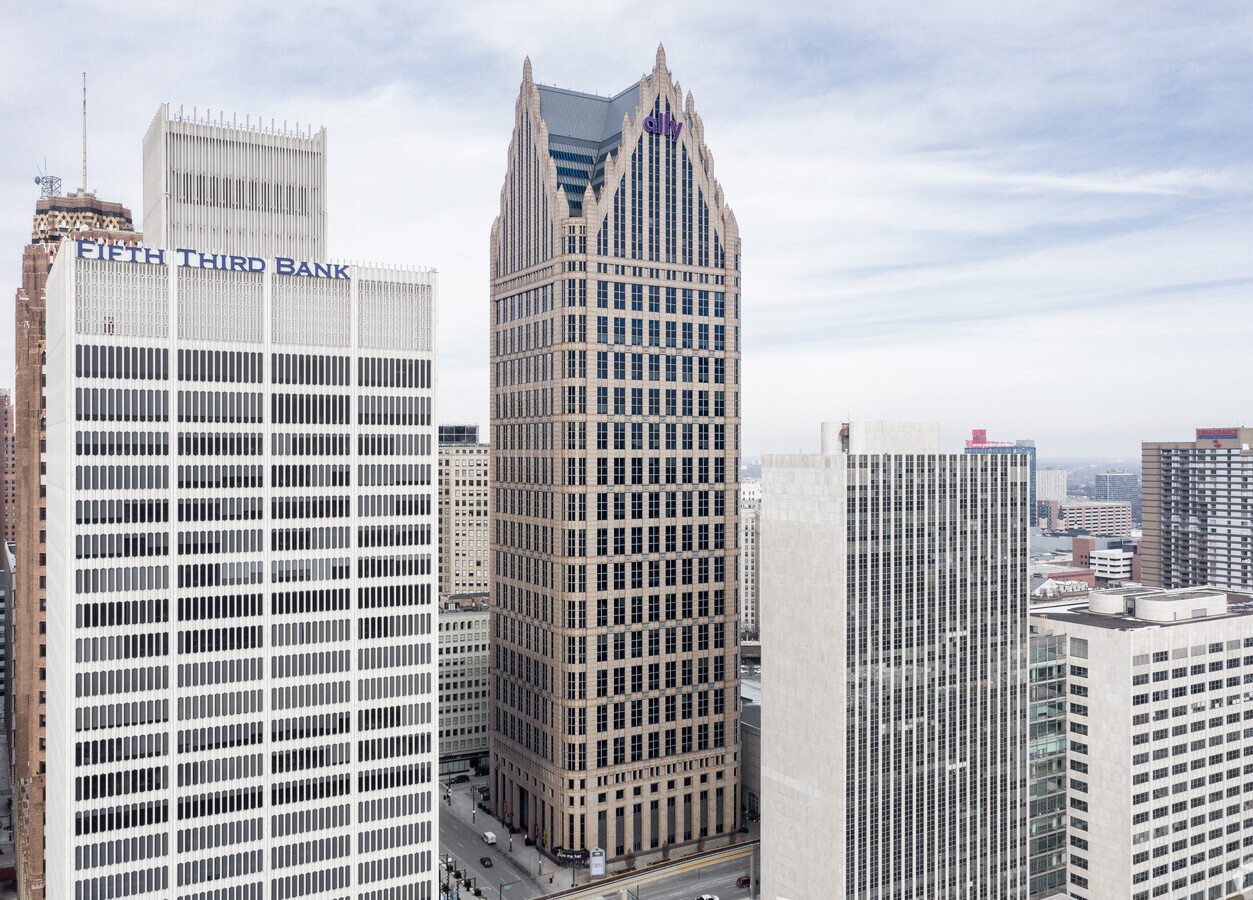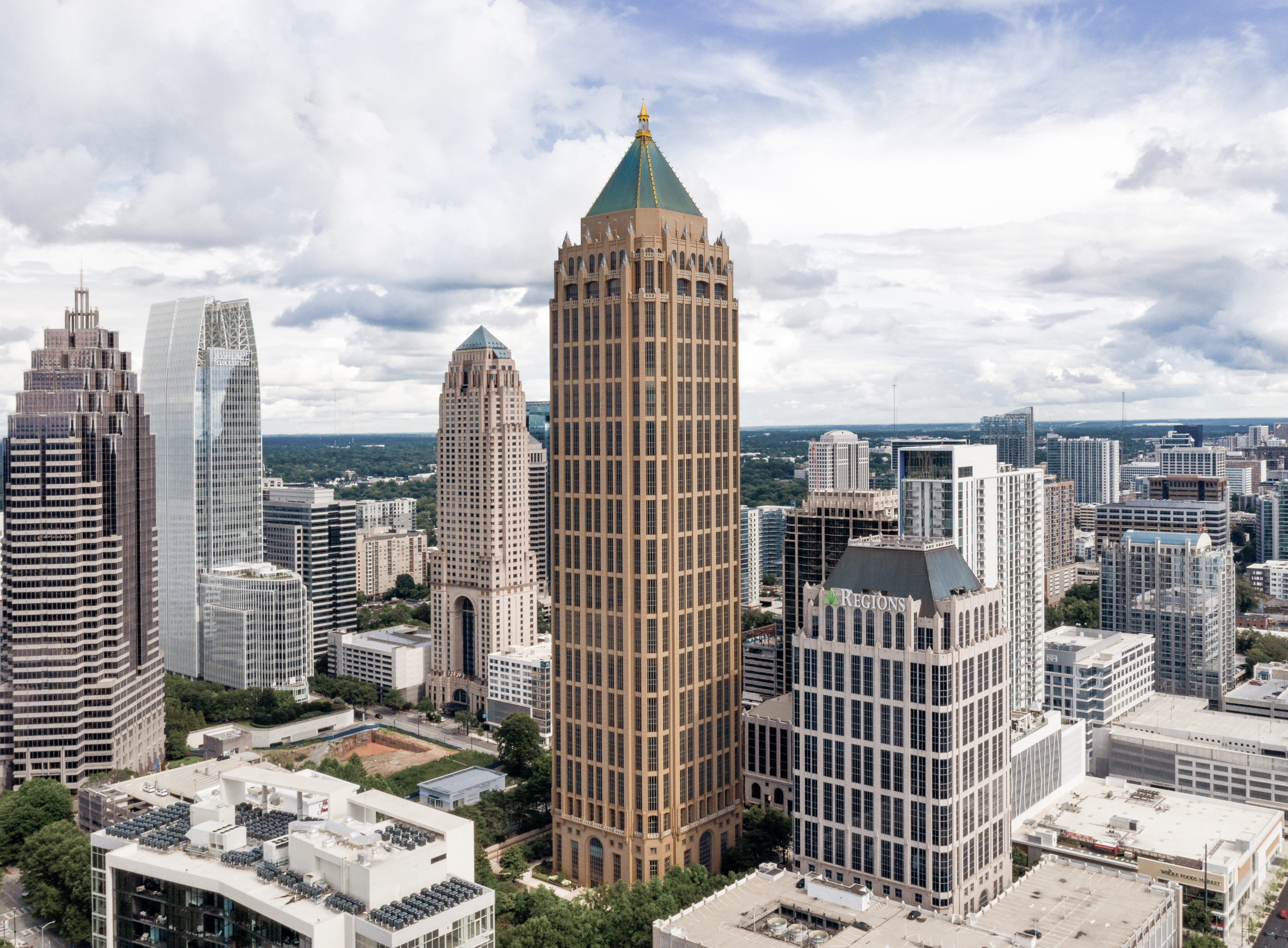The One International Place Building is a Postmodernist skyscraper designed by Johnson/Burgee Architects, and built in 1987 in Boston, MA.
One International Place Building is not the only name you might know this building by though. The building is, or has also been known as Fort Hill Square.
Its precise street address is 100 Oliver Street, Boston, MA. You can also find it on the map here.
The building has three distinct elements: the tower itself and two smaller components of 27 and 19 floors, respectively.
It is one of the towers in a complex of five structures, anchored by two towers. The One International Place is linked to Two Internacional Place by a fountain court and winter garden.
The building underwent a major restoration in 2023. The architect commissioned to undertake this restoration was Gensler.
